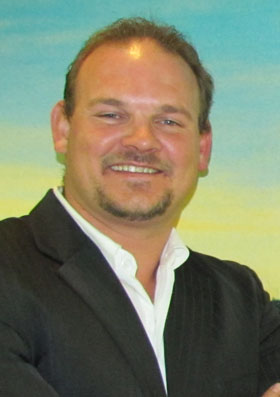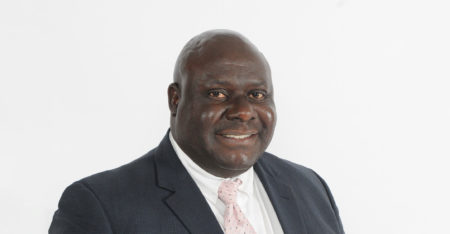
Ericsson SA-led company BWired has spent the past two years building a metropolitan fibre-optic network to connect Johannesburg’s municipal buildings. There’s a year of the project left, but after that it can begin offering commercial services, and these might mean better connectivity for the city’s citizens and not only for those in local government offices.
Willie Olivier, BWired’s chief technical officer, says the company owns the fibre on behalf of the city and, although it would gladly offer high-speed fibre-to-the-home (FTTH) services, the problem lies with the costs involved in building such a “last-mile” access network.
Olivier says coming up with an FTTH proposition that makes commercial sense is difficult, at least for the time being.
“What you will see are more wireless hotspots,” he says. These complement fibre backhaul in that they can be used to provide general connectivity to citizens and help alleviate the bandwidth constraints for mobile providers by handling data that would otherwise have to go over saturated mobile broadband networks.
Olivier says BWired is laying fibre to the kerb and is extending it into some business premises but convincing its business partners that home fibre is feasible remains a challenge.
He says FTTH worldwide has taken time to enjoy broad adoption because only a handful of people can afford it, at least at first. Copper-based digital subscriber lines and wireless to the home will remain the solution for most people for now.
FTTH may work in Sandton or Houghton, but it’s not going to work in Diepsloot, Olivier says. “There are good models where you can distribute fibre through water pipes and other low-cost solutions, but even these still interfere with existing infrastructure and can encounter resistance.”
SA needs to match what the market wants with a cost-effective solution. Olivier says streaming video, including Internet protocol television (IPTV), could help drive uptake, bringing prices down in the process. “Internationally, almost 90% of all traffic on fibre access networks is video. We need services like IPTV to become a reality if we’re to find the right costing model.”
Nevertheless, BWired is building its network in a way that could one day facilitate FTTH. “Our manholes — of which there are 3 200 — are 450m apart and cover much of Johannesburg,” Olivier says. “Anyone playing in last-mile market is welcome to approach us. Our biggest problem is driving down costs and ensuring that any discounts to partners are passed on to consumers. The metropolitan layer is good, but the access layer is still being developed.”
BWired’s network is “open access”. This means anyone with a telecommunications licence can use the network, whether for point-to-point connections or for last-mile services into homes and businesses.
It has nine core “nodes” around Johannesburg and is connecting more than 200 buildings in the south-west of the city, 137 of which will be wired up by October. It has started trenching in the central and northern parts of the metropolitan area, too.
“All trenching for the whole metropolitan area will completed by November this year. In January 2013, the city will begin migrating its services to the network,” says Olivier.
The network consists of 900km of fibre and 470 “city-specific” buildings will be connected by the end of June, excluding BWired’s external clients. Olivier says the network consists of multiple fibre loops for redundancy. “All of the city’s data will run across the network, so we can’t have it go down.”
Olivier says the network is 82% complete, offering 100Mbit/s to 1Gbit/s speeds to city and business premises. — (c) 2012 NewsCentral Media




